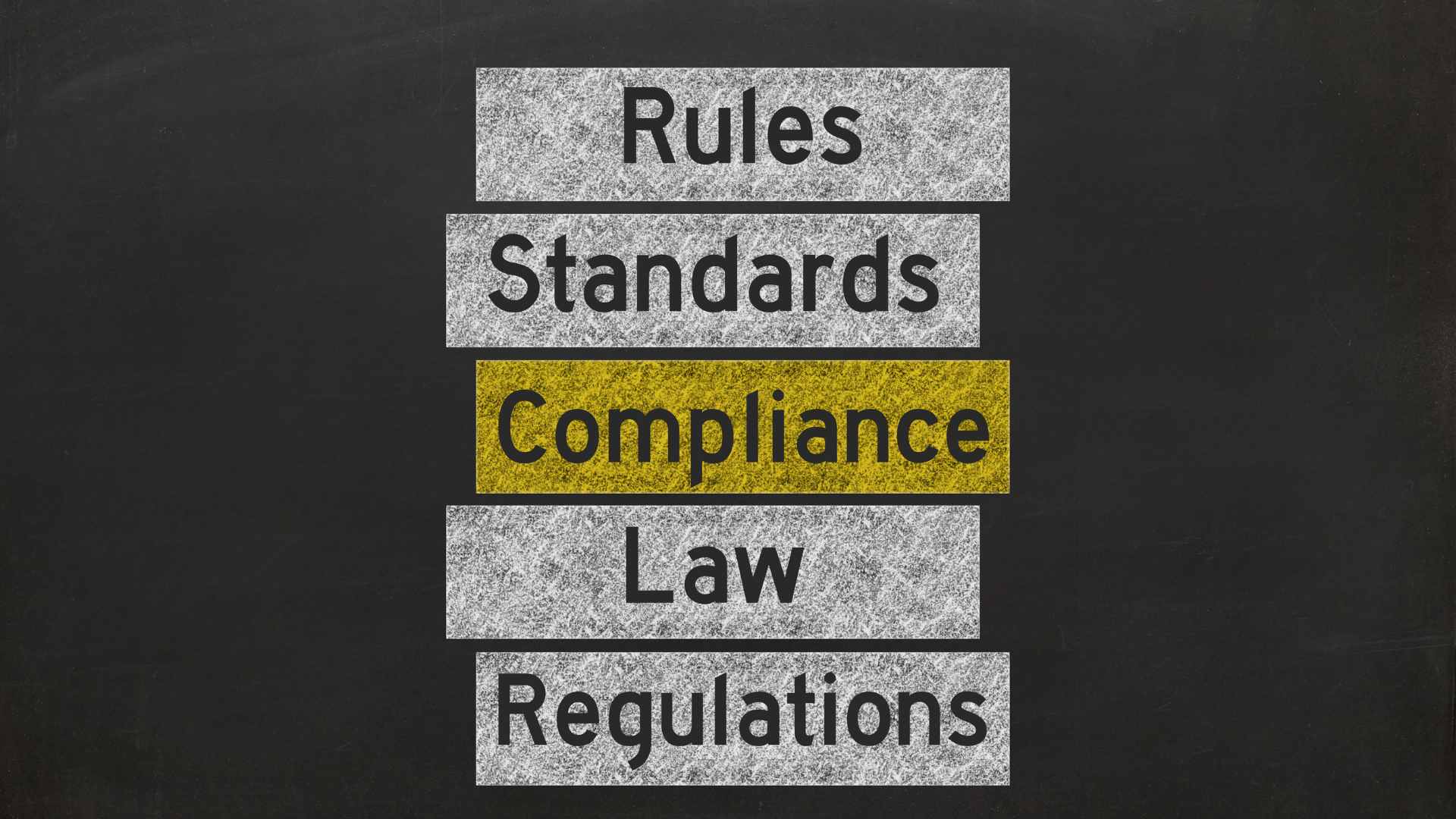VIEW BY TOPIC
- Finding Customers
- Business Systems
- Managing Employees
- Leadership
- Managing Money
Related Posts

Ready to Grow Your Business Fast?
Here’s How I Grew Five Businesses, and Eventually Sold One to a Fortune 500 Company.

Are you looking for ways to boost employee engagement? Employee engagement is defined as the strength of the emotional and mental connection an employee feels towards their work. This includes their perception of their workplace, their peers, as well as the nature of the work they do. So, it’s no surprise that the more engaged an employee is, the more likely they are to remain at a company. On the flip side, employees that feel detached from their work are more likely to leave. They can also prove detrimental to the company, as disengaged employees are often less productive and more likely to miss work.
Ways to Boost Employee Engagement
Therefore, building a workforce with a high level of employee engagement is one of your major priorities as an employer and a leader. This is not only good for your business, but also your employees’ well-being. In line with that, here are five ways you can boost the current level of employee engagement in your company:
-
Implement a recognition and rewards system
Acknowledging and rewarding employees for their stellar performances is a powerful way to boost engagement. It makes them feel like their contributions are valuable and encourages them to keep up the good work. Plus, there are multiple ways to reward employees, from simple verbal affirmations to grander incentives like compensation bonuses or attendance to exclusive training programs.
But then there’s the question of when you’re actually going to reward high performers. One recommendation is to offer rewards immediately after you learn of your employee’s achievement. Why? A study on reward systems found that people who received rewards immediately after completing small tasks showed more eagerness and enjoyment in their work. This is in comparison to people who received rewards only after they completed a long project. Additionally, the individuals who were rewarded early remained interested in their tasks even after their rewards were removed. As such, researchers concluded that there is likely a lasting positive effect between rewards and job satisfaction. So, don’t be stingy with giving your employees when it comes to recognizing their achievements.
-
Create a healthy working environment
Let’s not forget that the physical environment plays a huge part in determining your productivity and stress levels. Employees are more likely to enjoy their job if they think of the office as comfortable and conducive for working. This, in turn, will improve your employee engagement and their performance levels.
One thing you can do is alter the workplace. Creating more open spaces can encourage conversation and collaboration among employees. And if your office doesn’t have enough space for that, simply enacting an open-door policy can foster a more welcoming environment, especially around company executives. But don’t forget that it’s equally important to provide spaces for quiet time. Break rooms can serve as relaxation areas where employees can take a breather. Meanwhile, multi-purpose rooms can be utilized for quiet time when they aren’t already being used for meetings or other events. By providing spaces for both work and rest, you’re giving your employees more power to control their productivity levels. And if you’ve gone digital, you can apply this by providing the right technology or even ergonomic furniture.
-
Pay attention to your employees’ financial wellness
Finances are a huge part of everyone’s life, and it’s no secret that financial problems can cause stress. This, in turn, can affect other facets of their life, including their job. This financial stress could very well be hampering employee engagement. And while this isn’t directly a management issue, there are a few things you can do to help your struggling employees.
Implementing financial wellness programs for employees can be a big help to those struggling with money matters. It’s also a huge step towards creating a more financially resilient workforce. One area you can focus on is their personal debt as it can cause a lot of stress.
First, lessons on debt management should mention what types of debts they should prioritize and discuss all the debtor’s options. For instance, they can reach out to their creditors to request that they freeze interest and other charges. They should also be made aware that not all personal loans come with sky-high fees. If a loan applicant had a better understanding of their options, they could avoid paying too many fees and interest while barely scratching the surface when it comes to paying back the loan. Interest rates are one of the reasons consumers have a hard time paying off their debt in full, which could push them further into debt. But by bringing in finance professionals who can give them practical advice, your employees can understand their finances much better. And as the person who encouraged them to take charge of their money management, this could have a positive effect on their engagement at work. This financial professional can also suggest filing a consumer proposal, which can be a better alternative to declaring bankruptcy, depending on your employee’s current situation.
-
Provide opportunities for feedback
Feedback is a two-way street that is vital to your company’s growth. Creating avenues where employees can share their opinions lets them know that they’re heard and that their voice holds weight. On the flip side, providing your feedback on employee performance shows that you’re hands-on in your management approach, which can encourage employees to strive for better performance. Plus, reports that are filled with positive comments tend to boost employee engagement.
That said, make sure you don’t neglect running through your employees’ points of improvement, as this is necessary for their professional growth. If possible, provide constructive criticism with actionable tips that they can use to improve on for their next project. As for individuals who require disciplinary action, consider opting for a more proactive alternative — progressive coaching. This method involves guiding and encouraging employees rather than simply punishing them. It provides them with the opportunity to improve their performance while also avoiding more stress and tension in the workplace. Progressive coaching is deemed an effective alternative to harsh discipline, especially since it can improve the employee retention rate. In short, clear and constructive feedback does wonders for employee engagement.
-
Promote a work-life balance
Employee engagement also improves when individual employees are given ample time away from work. This is where the importance of a work-life balance comes in. Everyone needs some ‘me time’ to rest and recuperate. And you need to remember that your employees aren’t robots that can work nonstop. So, take this into account when planning projects and employee schedules.
If you want to take a more active role in helping employees achieve a healthy work-life balance, enact company policies and set realistic work expectations that enable them to lead more balanced lives. This can include allowing for flexible work hours and implementing paid time off policies. As the employer, you should also encourage your employees to take breaks, especially if work is taking a toll on their health. Don’t forget to take breaks, yourself as well. Because if you want to improve employee engagement, you need to be in the right state of mind.
These are just a few ways to go about improving employee engagement in your company. But while good working environments and healthy company policies are vital, these are ineffective without management that genuinely cares for its constituents. To build a workforce that is dedicated to the company, company executives should also be dedicated to promoting the growth of their employees.
Written by Ashley Parker
For the exclusive use of smallbusinesscoach.org














